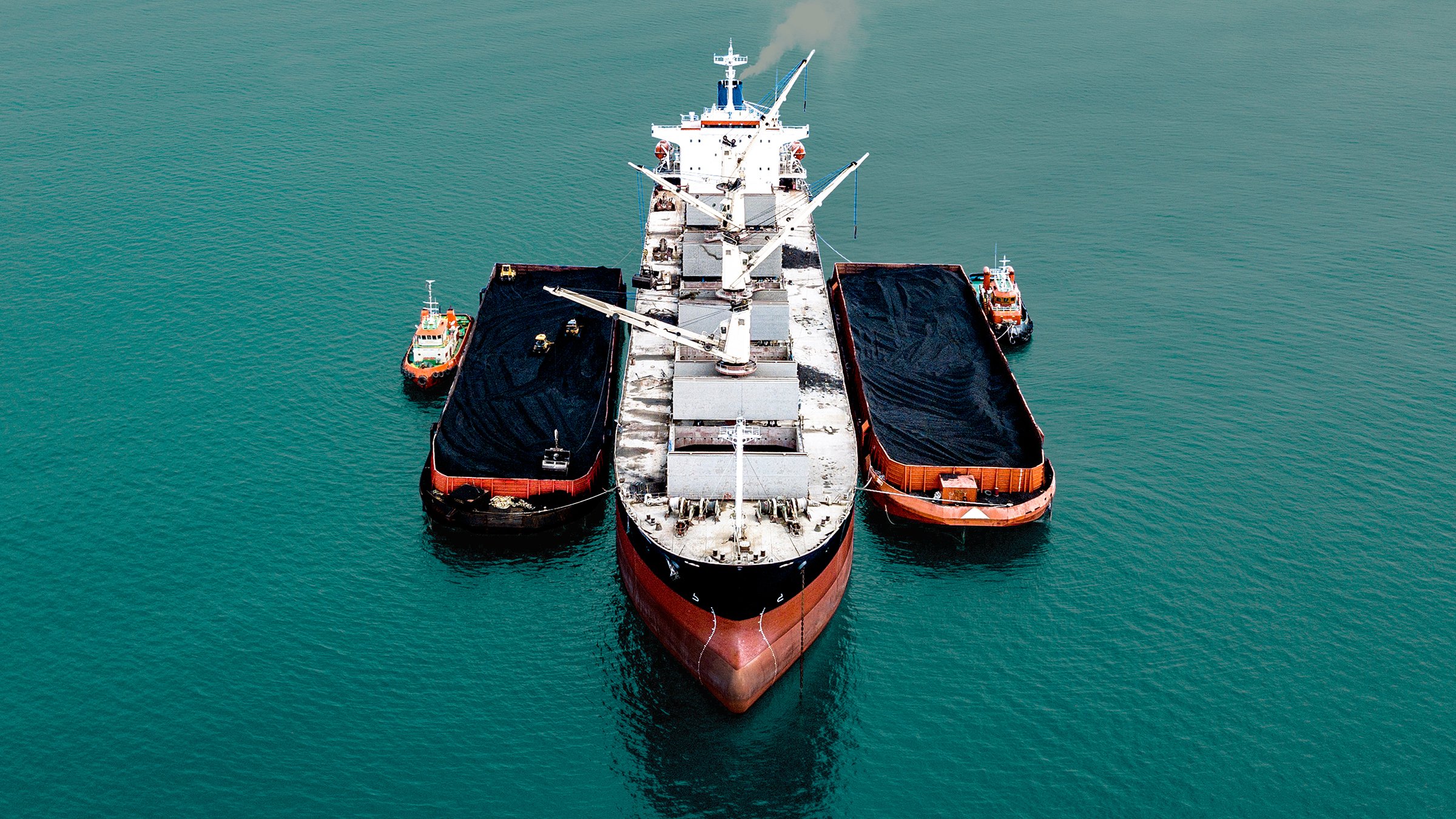Recommended For You
Challenge
Designing the most cost effective integrated solution that provides a robust system capable of delivering budget tonnages.
Solutions
An Arena Model was built to encompass all aspects of the production lines through loadout onto trucks to understand the areas of opportunity within the plant.
Results
The simulation reassured stakeholders that the goals planned were achievable. This fully outlined the requirements in the design to reach their desired throughputs.
Background
A mining company proposed to develop a greenfield project in New South Wales, Australia. The project planned to mine over 6 million tons of run of mine coal per year for the thermal coal export market. The mine included open cut and underground mining areas. Coal was to be transported via rail to the export terminal facility. The project life was over 20 years.
Challenge
An export supply chain is an integrated system comprising a number of subsystems including mining, processing, stockpiling, railing, export terminal operations and port operations. In this case, some of these sub-systems are operated by third party providers including rail, export terminal and port.
The capacity of a supply chain is most often NOT simply the capacity of the lowest rated sub-system. The interaction between sub-systems can result in an overall capacity less than that suggested by individual sub-systems. To understand capacity and potential constraints requires an export supply chain to be viewed as a whole.
In this case, export terminal options were of particular interest as there were two distinct offerings:
- Export terminal operating in cargo assembly mode. This requires just in time delivery of trains to meet imminent vessel arrival. No dedicated stockpiling space is afforded.
- Export terminal offering stockpiling facilities. This provides a perpetual allocation of stockyard space without the need for just in time rail delivery.
Typically, a terminal operating in cargo assembly mode offers a lower cost per tonne proposition than one offering stockpile space. The project needs to balance future operating costs against the site infrastructure required for each mode of operation. Beyond the direct commercial consideration, there is the wider implication on supply chain logistics, specifically relating to mine stockpiling and rail operations that must be considered when designing site infrastructure. The challenge becomes designing the most cost effective integrated solution that provides a robust system capable of delivering budget tonnages.
Solution
Recognizing SMS as a leader in modelling and analytics technologies, the SMS team was engaged to review supply chain logistics to ensure target throughput levels could be achieved and proposed infrastructure was appropriately sized.
Simulation modelling provides a means of understanding the likely performance of supply chains with complex interacting subsystems. Having developed numerous models of mining supply chains, SMS knew that the Arena simulation software was eminently suited to simulate and evaluate the supply chain operations.
SMS worked with project stakeholders to review the proposed supply chain design and establish a ‘base case’ scenario representing the most likely value of parameters and assumptions to be provided as input in the modelling system.
Broadly, the Arena Model simulated:
- Production from both underground and opencut sources
- Stockpiling of coal, as necessary, in ROM and product stockpile
- Coal Preparation Plant (CPP) operations
- Train Load Out (TLO) operations
- Arrival of third party trains into the proposed balloon loop
- Transit of trains to the export terminal
- Arrival and loading of export vessels for delivery to the customer
Importantly, the Arena model incorporated the variability inherent in the proposed supply chain. Variability was applied to:
- Mine production rates
- Arrival of trains into the balloon loop
- Arrival of export vessels to the port
- Frequency and duration of unplanned delay events
- Frequency and duration of weather delays
By creating an Arena model driven by externally defined data, SMS were able to simulate a large range of scenarios to provide an understanding of the impact that changes in parameters and assumptions had on overall supply chain throughput.
Results
Having developed the modelling system and simulated a wide range of scenarios, SMS was able to provide feedback on a number of issues within the proposed supply chain.
For a given scenario, SMS provided the following guidance:
- Production and export rates achievable
- Stockpiling requirements in ROM, Raw and Product stockpiles - not just in terms of the average stock level, but presenting histograms describing the amount of time stocks would be in defined bands. This included quantifying the amount of double handling on the product stockpile as a result of having to push product into the stockpile ‘dead area’ requiring dozer intervention
- Impact of cargo assembly vs. stockpiling export terminal options on stockpiling and rail requirement
- Understanding stockpiling requirements as the mine transitions from opencut to underground production
The modelling review provided project stakeholders with confidence that the design being taken forward for construction would deliver the desired outcomes, without being over capitalized.
More Information
Established in 1986, SMS is recognised as a leader in the application of modelling and analytics technologies to help companies evaluate capital, improvement or cost saving projects. Through our technology and services we minimise the risk associated with decision making in your business.
Call SMS on +61 2 4926 1500 or email smsmail@simulationmodelling.com.au.
Veröffentlicht 22. August 2016
Recommended For You
